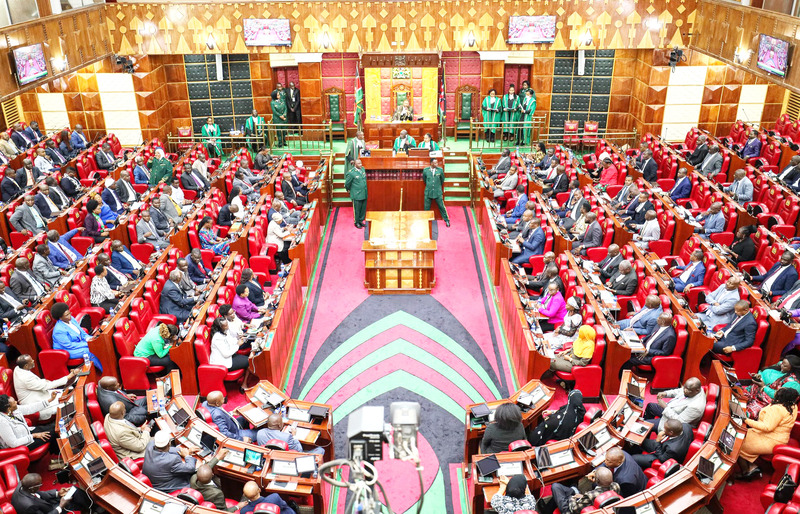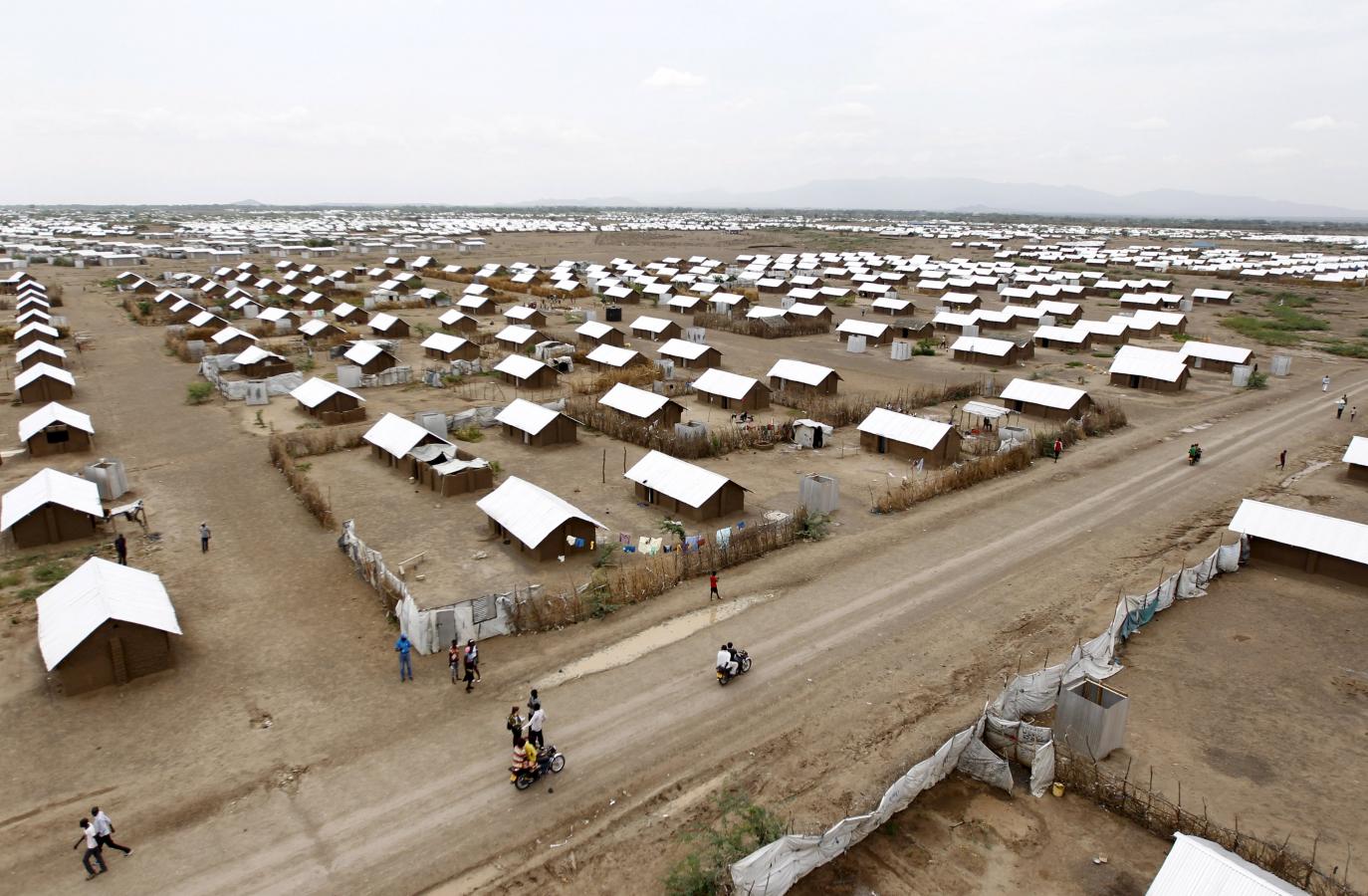Pain for Kenyans as power bills set to rise on new pricing
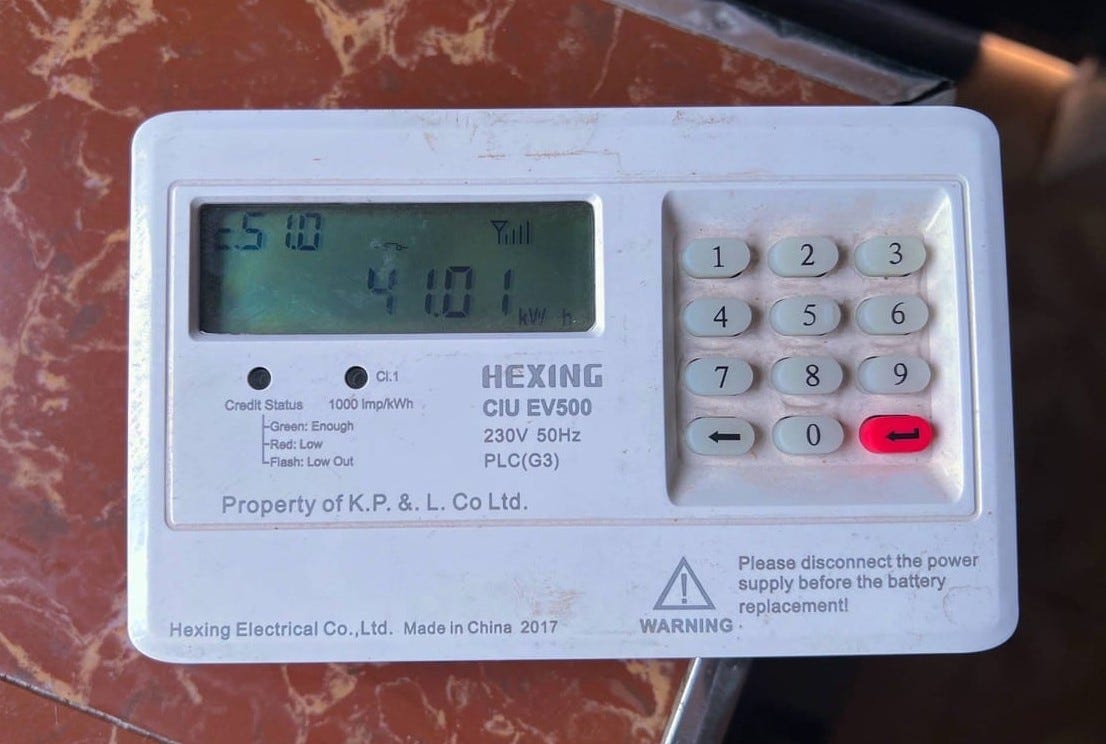
By Barack Oduor |
Kenya Power, in April this year, had announced a drop in power bills based on fuel cost charges and foreign exchange fluctuation adjustments.
Kenyans are set to dig deeper into their pockets to pay for electricity after the Energy and Petroleum Regulatory Authority (EPRA) announced that power bills will increase by 359 cents, which translates to about Sh3.50 per unit.
EPRA attributed the change to factoring generators into production costs. Some of the generators used in the production of electricity in the country whose pricing has increased include the Kipevu I Diesel Plant, the Kipevu III Diesel Plant, the Rabai Diesel without steam turbine, the Rabai Diesel with steam turbine, and the Iberafrica Diesel.
"Pursuant to clause 1 of Part III of the Schedule of Tariffs 2023, notice is given that all prices for electrical energy specified in Part II of the said schedule will be liable to a fuel energy cost charge of plus 359 Kenya cents per kWh for all metre readings to be taken in June 2024," EPRA director general Daniel Kiptoo said in a gazette notice.
Keep reading
Kenya Power, in April this year, had announced a drop in power bills based on fuel cost charges and foreign exchange fluctuation adjustments.
This saw domestic customers consuming less than 30 units per month pay Sh629 in April, compared to Sh729 in March 2024.
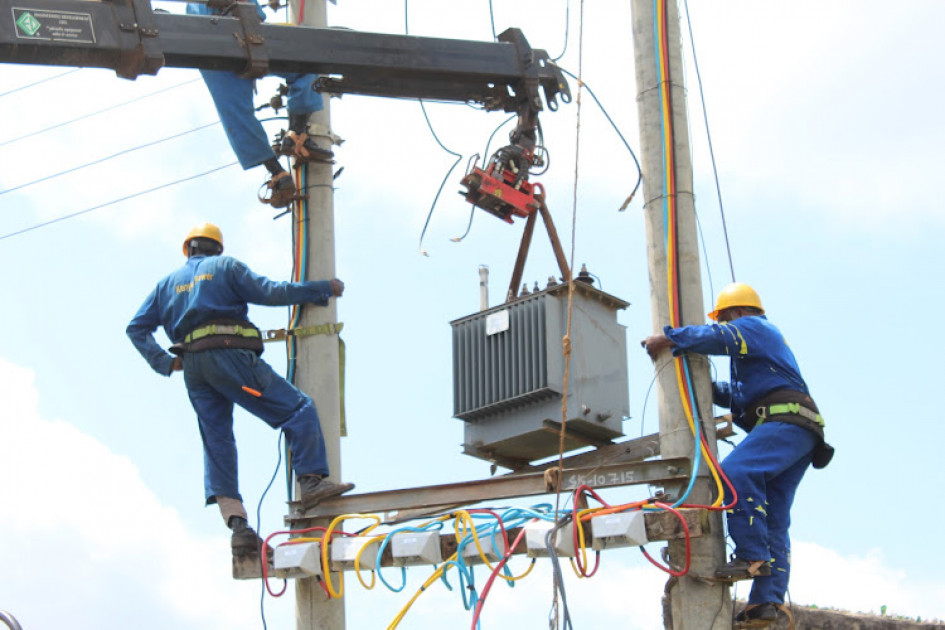 Kenya Power electricians at work. (Photo: Kenya Power)
Kenya Power electricians at work. (Photo: Kenya Power)
Those who consume 60 units saw their bills come down to Sh1,574 from Sh1,773, a 11.2 per cent reduction.
The new shift in the cost of power also comes against the backdrop of fuel prices dropping and the Kenyan shilling continuing to gain against the US dollar.
Utility firm Kenya Power has been facing pressure to upgrade its ageing infrastructure and cut reconnection times during unplanned outages under new proposals by the energy sector regulator.
EPRA had in March proposed to limit the System Average Interruption Frequency Indicator (SAIFI)—the number of times a customer is hit by a blackout—to 20 in a year.
SAIFI is measured in units of interruptions per customer. It is usually measured over a year, according to the median value for North American utilities—approximately 1.10 interruptions per customer.
The new rule spells an uphill task for Kenya Power given its poor track record, characterised by the high number of unplanned electricity outages.
For example, official Kenya Power records indicate that its clients were hit with an average of 44.9 unplanned blackouts in the year to June 2023.
To reduce the length of blackouts, the proposed EPRA service code further restricts the cumulative duration of unplanned power outages—the System Average Interruption Duration Indicator (SAIDI)—to 80 hours per year.
The SAIDI index is the average total duration of outages (in hours) experienced by a customer in a year.
The target set by EPRA would mark a significant shift given the current situation where customers stay in the dark for about 115.73 hours annually.
In addition, to ensure that unplanned blackouts last as briefly as possible, the code has restricted the duration of each blackout—the Customer Average Interruption Duration Index (CAIDI)—to a maximum of four hours.
If achieved, this will be an improvement from the current average duration of four hours and 52 minutes for each blackout.
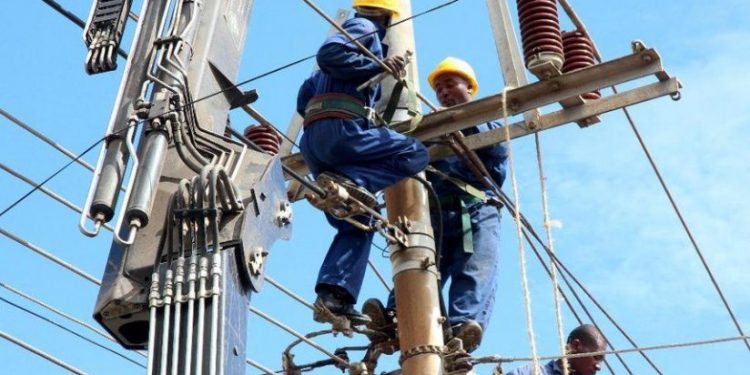 A file picture of Kenya Power engineers repairing a transformer. (Photo: Handout)
A file picture of Kenya Power engineers repairing a transformer. (Photo: Handout)
Before you go, how about joining our vibrant TikTok and YouTube communities for exciting video stories?

